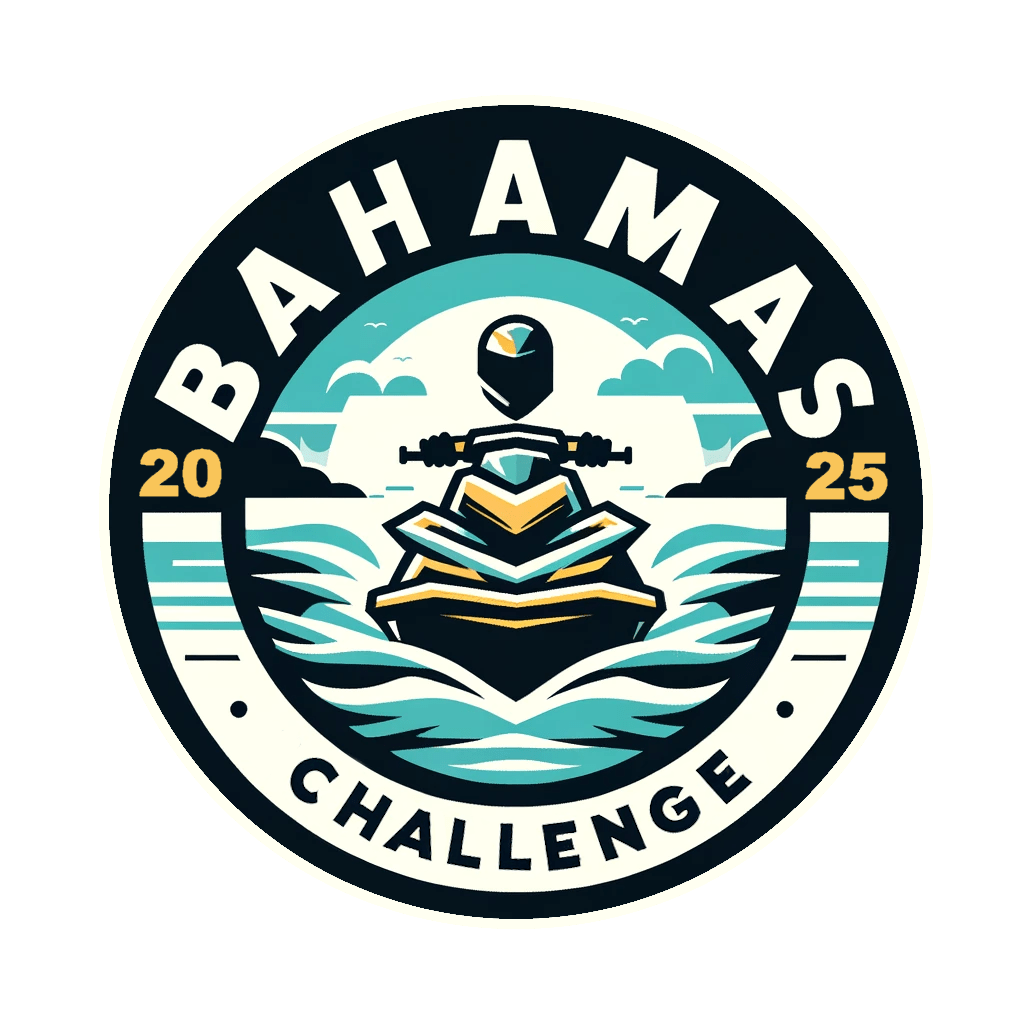trip faq
We’ve gathered all our FAQs in one convenient spot for your easy access.
Click on one of the buttons below to get some answers on frequently asked questions!
top 5 faq
1. Will my personal watercraft make the crossing?
2. how far is the Crossing?
Approximately 60 miles of open water ocean riding
3. do i need extra gas for the crossing?
Yes, we recommend no less than 5 extra gallons of fuel during The Crossing.
4. how do i get a second person to bimini?
5. when is the next crossing and how do i sign up?
We have an annual ride in June, and we are constantly posting new rides that we find.
The Events page contains upcoming rides and details surrounding them.
Find the Events page on our Facebook Page – Bahamas Challenge – at https://www.facebook.com/groups/bahamachallenge
PRE-TRIP PREPARATION
1. tRAVEL DOCUMENTS
2. HEALTH & pwc INSURANCE
3. Travel Alternatives?
4. local Accommodations & Logistics?
bimini guide
1. Lodging & Facilities
2. Activities and Attractions
3. How long does the crossing take?
Under favorable weather conditions, the trip from Miami to Bimini typically takes about two hours at a speed of 25 knots.
However, if the weather is not good, the trip can take longer and may be more challenging. It’s always important to check the weather forecast and sea conditions before leaving.
the equipment list
1. Lodging & Facilities
- BoatUS (rental)
- Outdoor Equipment Rental (rental)
- EPIRB vs PLB (info)
2. Activities and Attractions?
- Emergency Bilge
- Tools
- Spark Plugs
- Oil
- First Aid (Recommended for everyone)
- Dramamine
- Battery Jumper
- Impellor Jam Removal Tool/Long Knife
3. What equipment is essential for each watercraft?
- US Coast Guard Requirements
- Recommended Article – Jet Ski Safety: USCG Ocean Rules
- Life Jacket
- Fire Extinguisher
- Noise Making Device
- Visual Distress Signals
- Navigation Lights
- Yellow Quarantine Flag (Immigration Required) – SHOP FLAGS
- Extra Fuel 5 gallons (Might be more depending on your watercraft)
- Radio – (Our Recommended Article – 2023s Best Handled VHF Radios)
- GPS
- EPIRB/PLB
- Goggles
- Knife
- Dock Rope
- Tow Rope
- Anchor Rope
- Anchor – SHOP ANCHORS
- Sunscreen
- Bug Spray
- Water Shoes
- Rash Guard / Long Sleeve – SHOP CLOTHING
- Head Covering
- Dry Bag
- Clothes – SHOP CLOTHING
- Dock Protection (Fenders, Bumpers, Dock Sticks)
- Food (Don’t bring Fruits or Veggies)
- Water (Water bottles are expensive)
- Utensils
- Zip Lock Bags
- Phone and Chargers (download pre-loaded maps)
- Locks and Cables
4. What should I bring for my trailer?
- Spare Tire
- Jack compatible with trailer
- Lock(s) for trailer (hitch, receiver, wheel(s))
- Parking Payment Phone App
5. Do I need extra fuel for my PWC?
Make sure to carry at least 5 gallons of extra fuel with you on your trip. This will ensure that you have enough fuel to get back to shore in case of any unexpected delays or changes in your plans.
6. Do I need a rack for my PWC?
For safe transportation of your gear in open water activities, use a tested and reliable rack. This ensures your gear is secure and your vehicle is protected.
7. Do I need a vhf marine radio?
Yes, having a VHF radio is crucial for your safety during any jetski crossing or boating adventure. VHF radios allow you to communicate with other vessels, harbor masters, and in some cases, emergency services. Having this equipment on board can make the difference in an emergency situation where cell phone signals are unavailable.
Check out our recommendations article 2023s Best Handled VHF Radios
